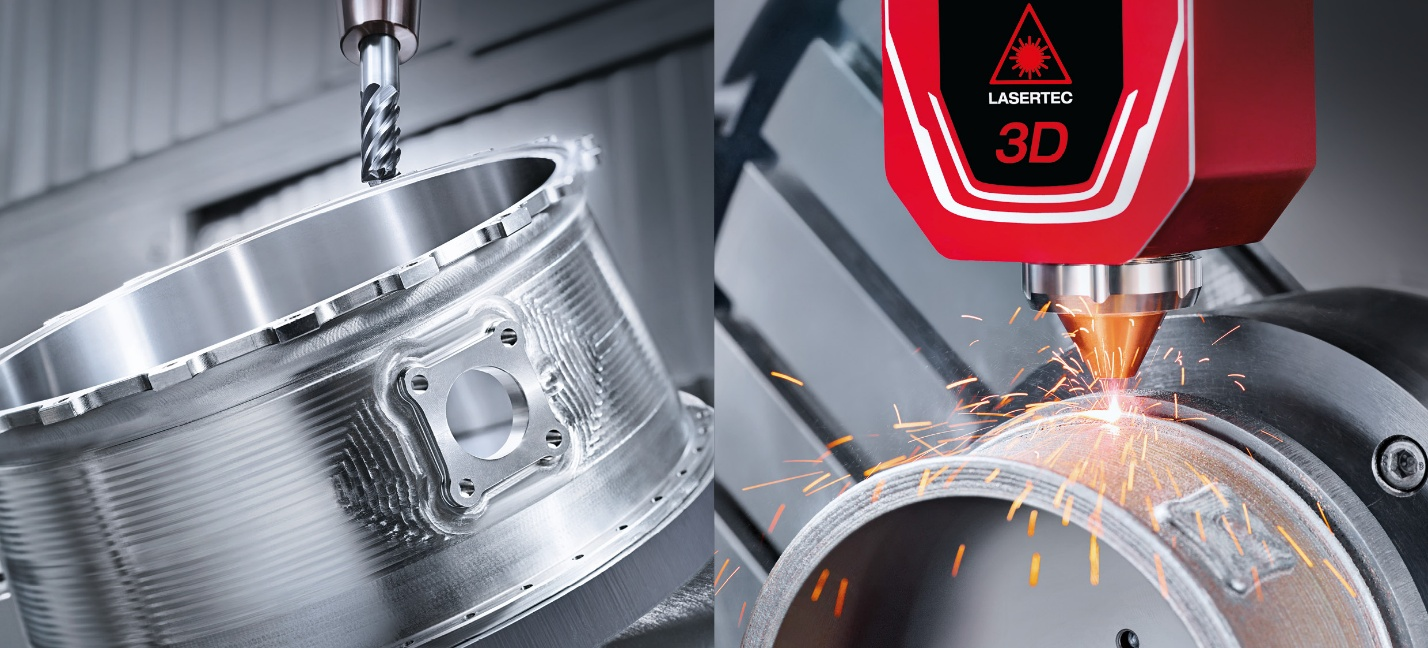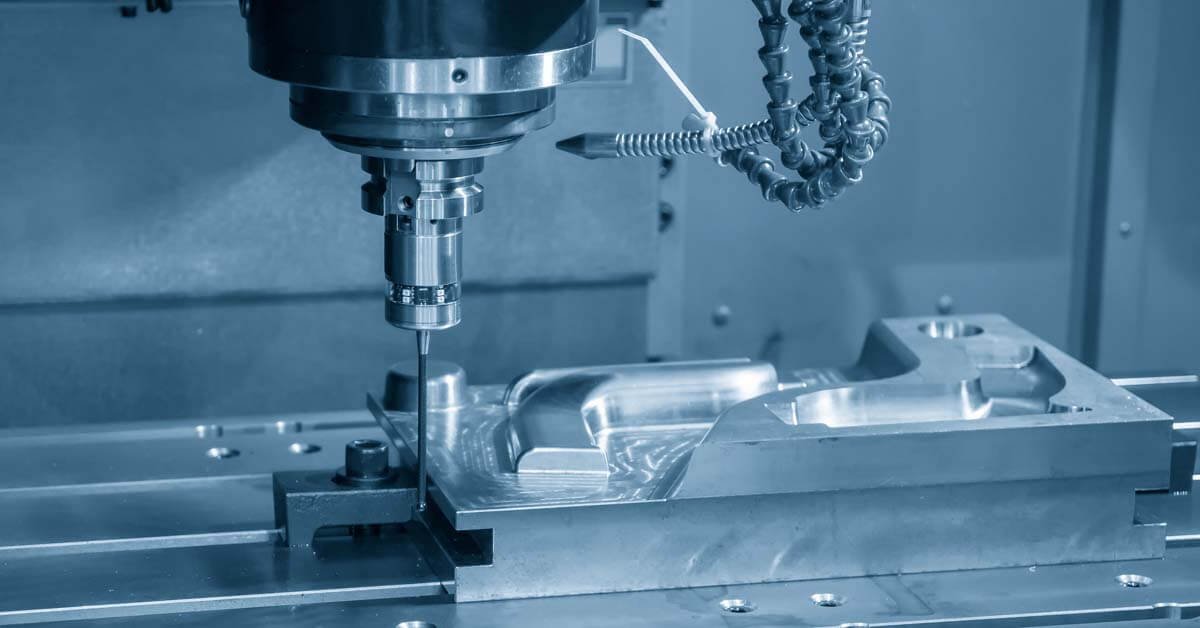What is Tolerance?
A product's tolerance is the range of measures or other physical characteristics that allow it to perform effectively and/or have a good appearance. The term "tolerance" often refers to the lowest or maximum measurement range for an item in its X, Y, and Z dimensions. The expression of tolerance can also be done in terms of color, texture, form, or profile.
For instance, the cnc metal machining manufacturer has to be aware of specific tolerance information before they can construct a component if you are developing a product with geometric elements like holes in a part, such as:
- Can the nominal diameter of the hole be smaller or bigger in the final product? If so, how much smaller or larger can it be before it impairs essential functionality?
- What is the exact location of the hole in X, Y, and Z dimensions, and how much freedom is given for placement before the part fails?
The product will be simpler to construct, the more precise these estimations are. Tolerances are crucial in production because of this. You have more control over the consistency, accuracy, precision, and quality of your goods when you define them.

Importance of tolerances in Engineering
A component of almost every product has to be regulated using tolerance measures. Tolerances are crucial in manufacturing for six reasons in particular:
- They enhance the fit and usefulness of parts: You must set your tolerances if you're building parts that are compatible with other components. Your product will become incompatible or unusable if there is even a little miscalculation in the size or dimensions.
- They enhance the final product's appearance: Tolerances should be considered as well if aesthetics are significant to you. For instance, you must carefully regulate the size and placement of both pieces if you want one element to fit flush against another such that there is no visible space between them.
- You may allow for a fair level of error: Tolerances take a certain amount of error into account, but only to the degree that the part continues to work. You're less likely to need to recreate items later when your tolerances are established up front.
- Manufacturing is more cost-effective: When tolerances are established, a product is only as accurate as is necessary. This implies that you will only pay for the supplies, equipment, and labor truly required to achieve the intended outcome.
- Products will reach the market faster: Even if it takes a little longer to determine the tolerances in the beginning, this extra step will ultimately save you time. While you wait for new components to be manufactured, inaccurate measurements and irregular products might cause a weeks-or even months-long delay in your time to market.
- Tolerances reduce production complexity and ambiguity. Manufacturing is struck by ambiguity. You could get a product that you can't utilize if you are not specific about what you want. Tolerances eliminate any uncertainty in the situation. Additionally, tolerances simplify the jobs of manufacturers. For instance, if your product doesn't need to be precise to within 0.002mm, don't strain your back attempting to obtain a high degree of accuracy.
Tolerance Determination
Assigning tolerances based on fit, performance, and process capacity is not common practice in many firms. Typically, tolerances are assigned through one or more of the following methods:
- All pieces are held to the same tolerance. As a result, assigning tolerances is simple, but manufacturing issues like rejected components, assembly fit issues, or poor product performance are common.
- On nominal dimensions, tolerances are based. Dimensions up to 1 inch, up to 5 inches, and anything beyond 5 inches, for instance, can all have tolerances of 0.001, 0.01, and 0.05 inches, respectively. The issues caused by this less-than-rigorous method are similar to those mentioned above.
- The number of decimal places in the nominal dimensions determines the tolerances. This is also a poor design strategy. The tolerance-related issues mentioned above arise because it is unlikely that the tolerances will match fit, function, or process capabilities.
- Engineers sometimes set strict tolerances in the mistaken belief that it will result in higher-quality products. It's a bad idea to take this action. It causes higher rejection rates and unnecessary production costs. Despite the fact that the engineers who use this method believe it will increase quality, it really has the exact opposite impact. As rejection rates rise, quality declines.
Tolerances for components should be established based on how the components fit together, what they must accomplish, and how they are made. The unfortunate news is that this is not the way tolerances are often established. The good news is that this opens up a ton of chances for cost cutting and quality enhancement.
Effects of Tolerance on Price
Tolerances are crucial for a variety of manufacturing processes, but depending on how "tight" or "loose" they are, they can also increase the cost of production. A looser tolerance provides for a bit more flexibility, whereas a tighter tolerance allows for very little fluctuation in size, location, or other physical attributes.
Tight tolerances
A part with tighter tolerances needs to be made with more expensive tools, which adds to the cost of the item. Tighter tolerances may occasionally necessitate the use of precision machinery and equipment. Manufacturers have two options: they can either outsource to a supplier who possesses precision machines, or they can buy pricey machinery and include it in their overhead costs. The cost of a part is raised by both. Additionally, steps are added to the part's manufacturing process when tolerances are tightened. Additional operations, equipment, and tools are needed for the additional processes. Last but not least, to ensure that the item is within specification, tight tolerances necessitate further inspection and testing. As part of the testing process, each component of a part may need to be examined, and there may be extremely specific rules on which components must be rejected if they fall outside of the required tolerance.

Loose tolerances
Thus, if loose tolerances are less expensive, why aren't they the default choice for all product designers? This is because certain items require finer tolerances in order to operate properly. For instance, if you need to produce a highly accurate moving component that will fit tightly within another part without creating friction, you probably need to specify a very tight dimension and radial tolerance. However, the tolerance can usually be a little looser without having an adverse effect on the part's primary function if it is stationary and does not need to fit inside another component.
How to Minimize Common Tolerance Problems
Tolerances are crucial in manufacturing, which is understandable, but it doesn't imply the procedure is straightforward. As an illustration, tolerances may be under-or over-estimated. Most often, these errors result from:
- Lack of material or production equipment knowledge: If you try to establish tolerances on your own or with an inexperienced product designer, you may end up with wildly inaccurate tolerances. The accuracy of your tolerance estimates depends on a variety of variables that are unique to your product and the production equipment you employ. For instance, tolerances when cutting metal with a CNC machining tool vs. welding it are significantly different. When using a CNC machine, your tolerances may often be tighter because the process is by nature more exact.
- Insufficient knowledge of the production process: Tolerance adjustments at each stage of the production process are another error that is frequently made. For instance, if a component is coated with primer or metal plating, a new tolerance must be created to account for this additional layer of material. A thorough understanding of each stage in the manufacturing process, as well as the sequence in which they are completed, is necessary for defining tolerances.
- Missing tolerances: To allow one item to fit within another, tolerances for both parts must be defined. Failure to establish even one critical tolerance measurement might result in product failure down the road.
- Lack of direction: Not knowing which tolerances are crucial is a clear-cut need for defining all essential tolerances. Your product maker or designer won't be able to precisely estimate tolerances if you don't provide all of the functions and aesthetic requirements for the product.
CNC machining services China can assist you in determining the best cost-effective tolerances for your goods. However, when you build your product, you must consider more than simply how tight or loose your tolerances should be. Estimating tolerances presents some complications, which is why it's critical to consider your requirements thoroughly.
This is why it is critical to engage with a reputable manufacturer. Skilled manufacturers understand materials, production tools and procedures, product functioning, and aesthetics.
Do you want to learn more about how tolerances may affect your work? Give us a call; our team would be happy to provide advice, or you may access our machining services online.







